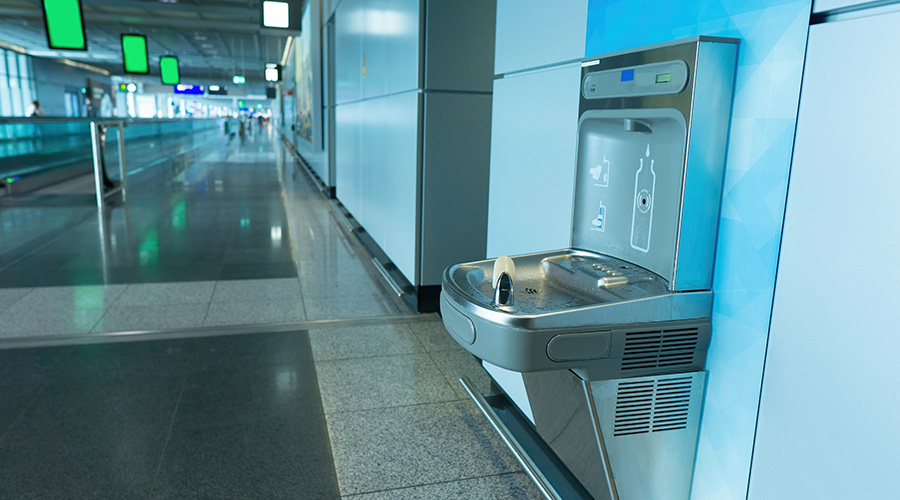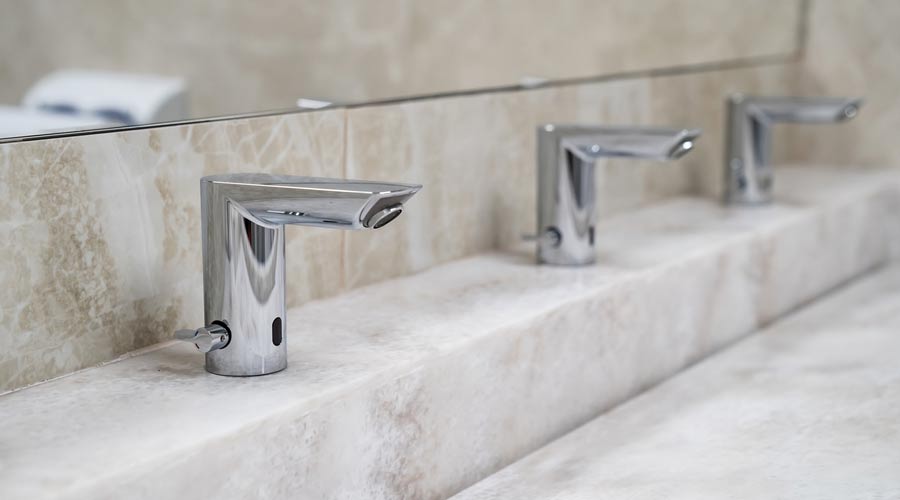 facility water systems
facility water systemsMaintenance Bulletin
Water Woes:
preventing lead and Legionella dangers in schools
The issue of clean drinking water has long been a concern for the general public. But the nation’s schools are increasingly affected by water-quality concerns, and the most recent threats have appeared in the form of lead and legionella scares in water supplies.
To combat the presence of lead in drinking water, the U.S. Environmental Protection Agency (EPA) stepped up efforts to point out the potential threat lead poses for children attending the nation's schools and day-care centers.
In September, the EPA released testing guidelines designed to help managers determine the water sources in their facilities that might require testing. According to the EPA, among the highest priorities are:
- drinking fountains, both bubbler and water-cooler style
- kitchen sinks
- teachers’ lounge sinks
- nurses’ office sinks
- classroom sinks in special-education classrooms
- any sink known to be or visibly used for consumption, such as where coffee makers or cups are nearby.
The guidelines acknowledge the challenges facing school administrators and maintenance managers.
“With limited funds, you might want to prioritize sampling sites based on potential use and risk,” according to the EPA, “Also, consider that actual use can change over time. For example, few may drink from a dirty art room sink, but that room use can change.”
The EPA’s guidelines are available online.
But heavy metals are not the only dangerous contaminant facing educational environments. Fears over the presence of water-borne Legionella on campuses prompted the Association of Higher Education Facilities Officers (APPA) to recommend actions that minimize microbiological contamination.
Legionella, the organism responsible for Legionnaire’s Disease, occurs naturally and thrives in potable water distribution systems, cooling towers and decorative fountains.
Because of the organism’s ability to occupy these systems, APPA recommends that universities and hospitals take the following precautions:
- conduct risk assessments of facility water systems to determine risk factors
- prepare a risk-assessment document that’s reviewed by health and safety staff, plant engineering staff, and facilities management staff
- implement risk minimization recommendations based on risk assessment findings
- begin testing for Legionella (note: testing has greatest value in verifying effectiveness of treatment and remediation activities)
- document operation and maintenance procedures for facility water systems.
For more information about Legionnaire’s Disease, visit Centers for Disease Control and Prevention's web site.
Related Topics:












